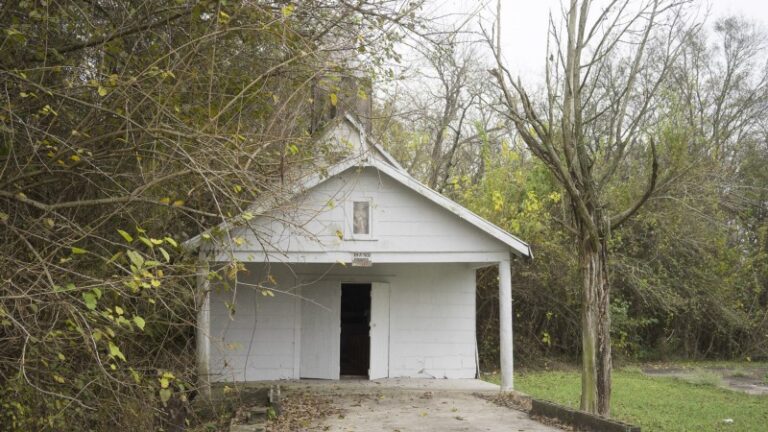
In the quiet town of Donaldsonville, Louisiana, a tiny chapel built in 1907 sits at the end of a short road. It stays unlocked, with a simple wooden stop at the top to keep the doors from swinging open. Once inside, the room smells damp and friendly.
When slavery was legal, enslaved people were forced to work the sugar cane along the river and bayous. During reconstruction, the plantations along Bayou La Fourche recruited people from Italy to come over and work. Once here, they labored in the fields and many went on to sell seafood and produce.
In 1906, Tony Musco, a recent immigrant, sat over his dying son Lucian. While going to get some supplies, Tony ran across a mysterious man asking for a ride in the opposite direction. Tony explained he wasn’t headed to town, but during their conversation, the stranger told him he was a healer and offered to visit his home. He performed a few rituals and disappeared. The next day, the son was cured. He pointed to a small print of Saint Amico on the wall and said that was the man who had visited him.
Saint Amico is the patron saint of San Pietro Avellana in Italy. He lived a virtuous life as a hermit and monk. He was a friend to all creatures and one of his miracles was ending a famine.
After much rejoicing, Tony vowed to make an offering to the Saint. He saved money for a year and began work on the chapel. Over the years, he added to the chapel and it doubled in size.
The Sunday after Easter, the townspeople marched with a large Saint Amico statue from the chapel down the road to the big church. The tradition lasted for nearly a century, bringing descendants of the Musco family and believers together. Since so many people have moved, the last parade was in 2016. The beautiful structure is being maintained and is open for those who want to visit and pay their respects.





